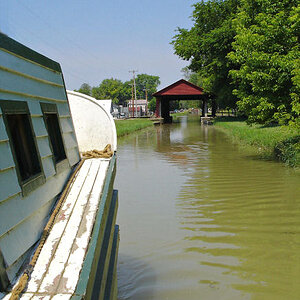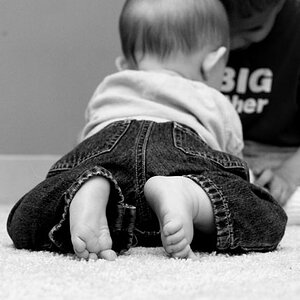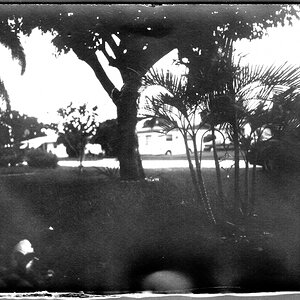Hi folks
I have an amateur interest in photography, but a significant hobby interest in optics and electronics.
I have decided I want to build working elements of an auto-focus camera. This will obviously require several stages. What I would first like to get done, is the focusing element of auto-focus cameras.
Is there a webpage or a book detailing the inner-workings of an auto-focus camera? what kind of light is used (infra-red?). what exactly happens - does the camera emit light, then has a sensor that detects its reflection, and from then, judge distance?
i'm thinking a very simple model auto-focus (none of the fancy stuff with multiple focus etc.). In fact, if there's a more basic point-and-shoot model i could first read/learn about, then that will be fine too (e.g. what are the optics of a simple point-n-shoot?
Thanks again. Please move this post to the appropriate forum if this isn't the right one.
I have an amateur interest in photography, but a significant hobby interest in optics and electronics.
I have decided I want to build working elements of an auto-focus camera. This will obviously require several stages. What I would first like to get done, is the focusing element of auto-focus cameras.
Is there a webpage or a book detailing the inner-workings of an auto-focus camera? what kind of light is used (infra-red?). what exactly happens - does the camera emit light, then has a sensor that detects its reflection, and from then, judge distance?
i'm thinking a very simple model auto-focus (none of the fancy stuff with multiple focus etc.). In fact, if there's a more basic point-and-shoot model i could first read/learn about, then that will be fine too (e.g. what are the optics of a simple point-n-shoot?
Thanks again. Please move this post to the appropriate forum if this isn't the right one.



![[No title]](/data/xfmg/thumbnail/39/39292-4169a355b794ae9735845c4ad45d06ff.jpg?1619738958)





![[No title]](/data/xfmg/thumbnail/39/39294-339c772c727b255b9451f2639f2bc28e.jpg?1619738959)


![[No title]](/data/xfmg/thumbnail/39/39293-55a527d2a9b287bf5e5b6d118abab22c.jpg?1619738958)
